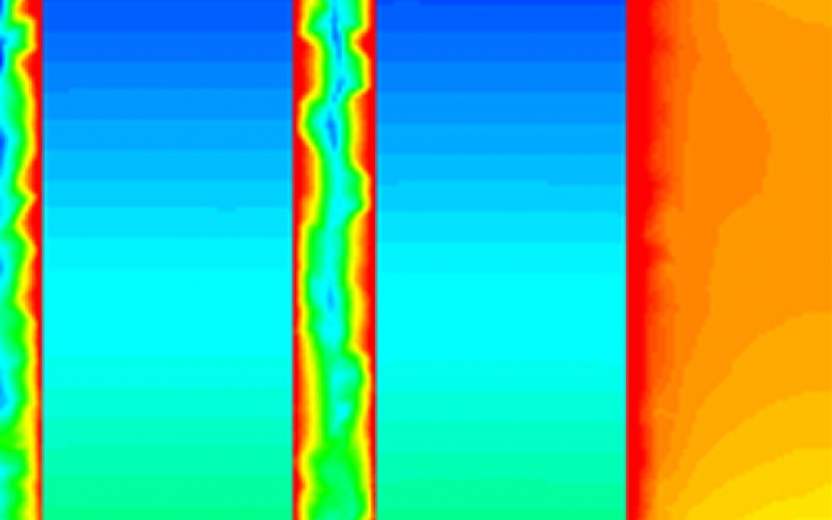Ultra-High Brightness Electron Beams from Very-High Field Cryogenic Radiofrequency Photocathode Sources
J.B. Rosenzweig et al.
Our work analyzed the use of high field (500 MV/m) photoinjectors at cryogenic temperatures to attain order of magnitude increases in peak electron brightness. Beam dynamics studies were used to conclude that the source allows for the creation of a compact FEL reaching photon energies of 80 keV.
When cooled to very low temperature, copper cavities in photoinjectors support support higher fields which in turn lead to brighter electron beams.
The device increases beam brightness through the high fields due to emission current density increase and also the reduction of cathode emittance due to operation at cryogenic temperatures.
The proposed device can be used in future X-ray FELs such as MaRIE.
Full Publication:


